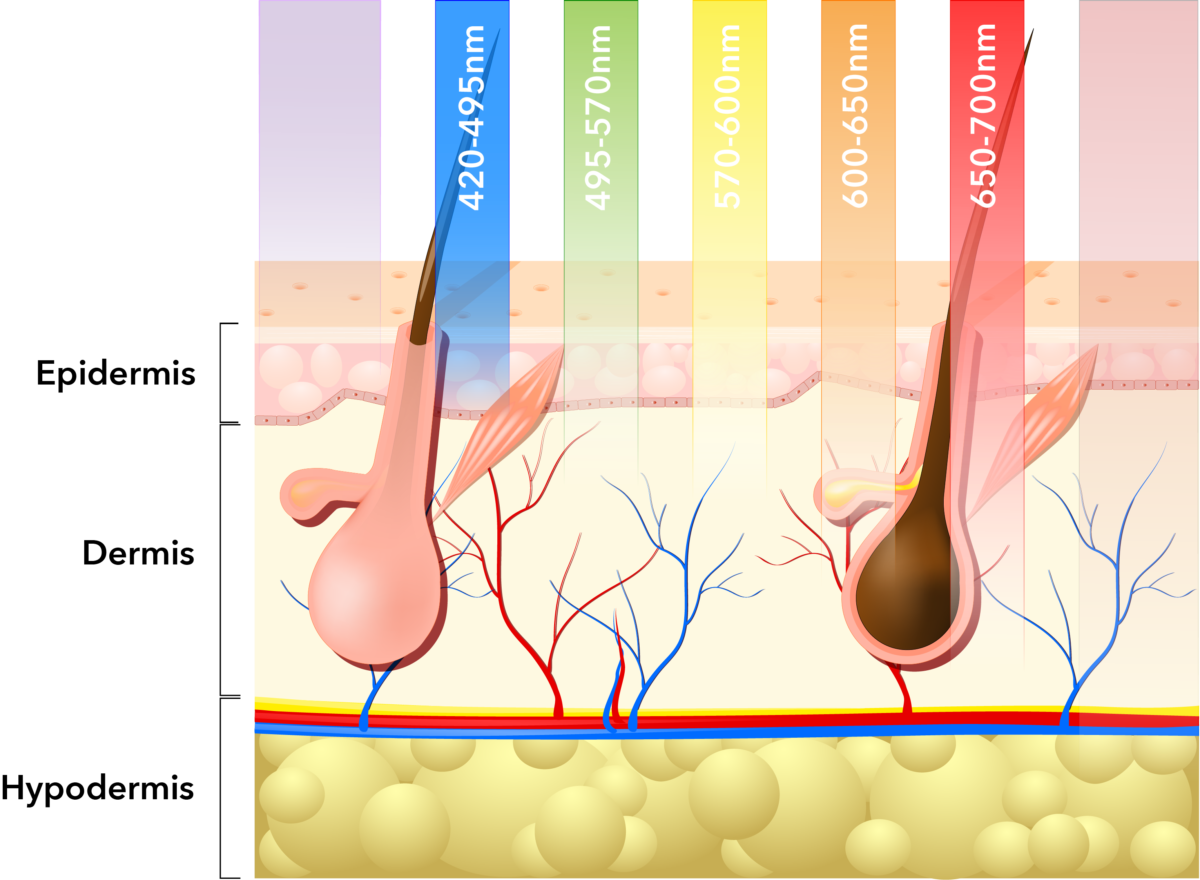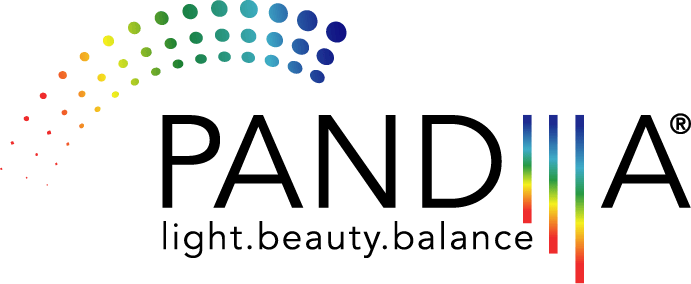- Migraine: a stabbing or throbbing headache combined with secondary symptoms such as noise or light sensitivity over 4-72 hours
- Do I have a migraine?
- What should I do if I have a migraine?
- LED light therapy – the innovative method to combat migraine symptoms
What is a migraine?
A migraine is a severe, stabbing or throbbing headache, usually occurring across one half of the head. Secondary symptoms, such as nausea and noise or light sensitivity, also occur. A migraine occurs when overactive nerve cells cause inflammation, encouraging pain signals to be relayed. There is a clustering of cases within families because around half of all migraine attacks are attributable to hereditary predisposition. A migraine is not an isolated incident. Between 10% and 15% of adults suffer from migraines worldwide. That is 8-12 million in Germany alone. Symptoms are particularly common in women aged 35-40. But men also suffer from migraines. The first migraine attack usually occurs between the ages of 15 and 25. A lot of people have never been diagnosed with migraines however. Read on to find out if you are affected by migraines and what you can do to relieve your symptoms.
Do I have a migraine?
If you frequently suffer from throbbing or stabbing headaches combined with nausea and noise or light sensitivity, this is highly likely. The following accompanying symptoms are also a sign of a migraine attack.
Recognising a migraine – the symptoms
- Visual disturbances (flashes of light or black spots)
- Speech problems (e.g. difficulty finding words)
- Noise sensitivity
- Dizziness and nausea
- Paralysis symptoms
- Feeling faint
- Tingling or burning
Since every instance of migraine is different, these symptoms can vary widely from person to person. It is therefore often difficult to diagnose migraines. Keeping a diary of symptoms can help classify the pain better.
An attack usually lasts for between 4 and 72 hours. Signs of the migraine often occur hours or even days before however. If the headaches occur on 15 or more days across three consecutive months, they are considered chronic migraines.
Which phase of the migraine attack am I in?
Migraines usually run through four phases.
Phase 1
- Fatigue, irritability, concentration problems, light and noise sensitivity
- Usually occurs days or hours before a migraine attack
Phase 2
- Visual perception problems (e.g. flickering before the eyes), a tingling sensation, paralysis symptoms and dizziness are common just before a migraine attack
- These neurological deficits before the headache phase are referred to as aura
- An aura lasts for a maximum of one hour on average
Phase 3
- Now comes the attack itself which is called the headache phase
- In addition to the headache, the noise/odour sensitivity and light sensitivity increases and every movement is painful
Phase 4
- The pain slowly subsides but you still feel exhausted
- Recovery takes a further 24 hours
What causes my migraines?
The precise cause of migraines is not yet known. Current research suggests that migraine attacks arise due to overactive nerve cells which accelerate the transmission of certain messenger substances, including serotonin. These messenger substances are released into the blood vessels around the cerebral membrane which, in turn, become inflamed. This inflammation makes every beat of your pulse a misery. The predisposition for migraine attacks is thought to be hereditary. This means that first-degree relatives (parent, sibling, child) are 3.8 times more likely to suffer from migraines.
Common migraine triggers
- Stress
- Sleep deprivation
- Alcohol and nicotine
- Lack of fluids
- Hormonal changes (e.g. just before menstruation)
- Overstimulation
- Changes in the weather
- Pre-existing conditions (heart disease, circulatory diseases, high blood pressure, eye disease, anaemia)
- Poor diet
What should I do/avoid during a migraine attack?
It’s natural to want a quick fix when an attack strikes. It is advisable to go into a darkened room and get plenty of sleep. Lots of rest and patience are the only remedy. Turn off your mobile phone and alarm clock so you are not disturbed. Ensure there is sufficient fresh air by opening a window. Applying a cold flannel or ice pack to your brow can also help with the headache. An increasing temperature foot bath or running cold water over your arms and legs is also recommended. You should avoid the following during a migraine attack.
Certain foods
- Dairy products
- Seafood
- Citrus fruit
- Alcohol (especially red wine)
- Coffee
- Aspartame sweeteners (found in light products among other things)
- Fried foods
- Tea (especially black and green tea)
- Cereal products
External sensory stimuli
- Perfume
- Cigarette smoke
- Loud noises
Alleviating my migraine pain

The ultra-modern PANDIIIA® light therapy system provides an alternative option for relieving pain. Penetration of the lower skin layers with red rays means that PANDIIIA® light therapy could help to alleviate symptoms. The light waves penetrate down to the hypodermis. Application is simple. You sit or stand in the modern light therapy device which is fitted with ultra-modern LED light sources. Gentle treatment with the “red” light colour for just 10 to 30 minutes can work wonders. One of our PANDIIIA® specialist partners in your area would be happy to advise you individually and recommend the perfect programme for your needs.

